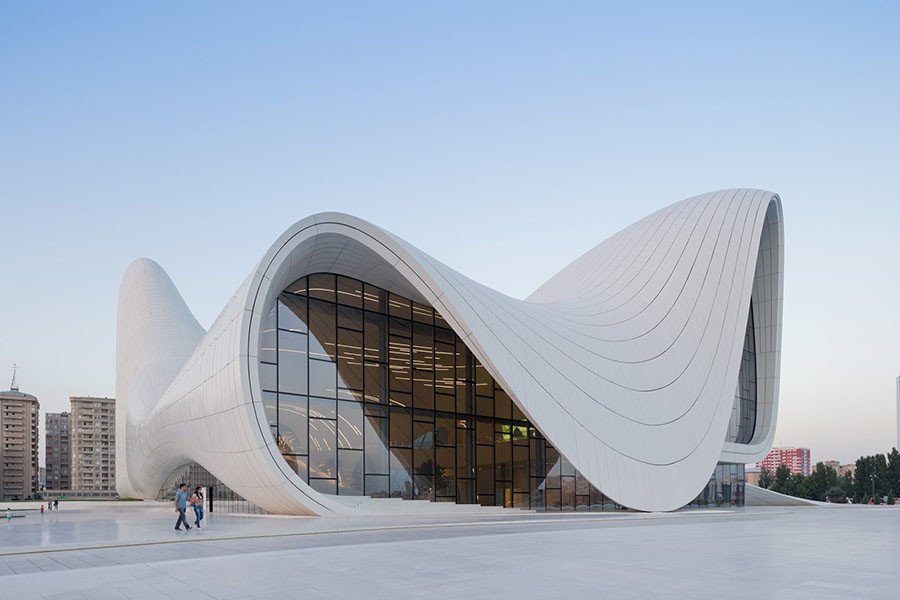Legacy of Zaha Hadid: Great architect's 7 most groundbreaking projects
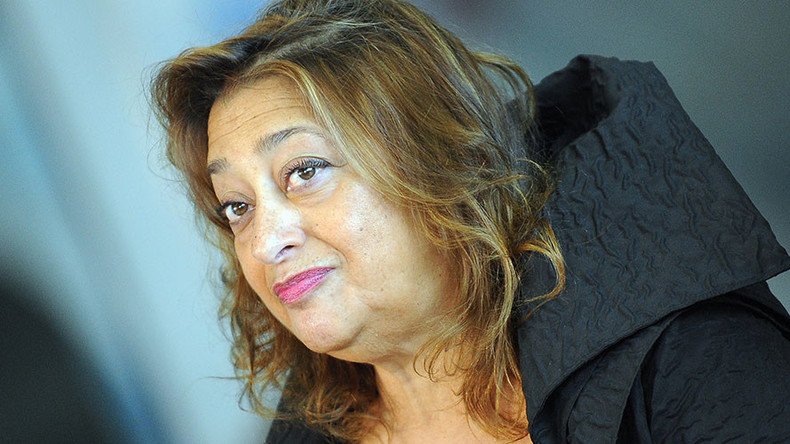
Zaha Hadid, the best-known female architect in history, has died unexpectedly at the age of 65. After decades of seeing her projects linger on paper, she rose to the height of her powers, becoming one of the most commissioned architects in the world.
Hadid, whose schedule had been as busy as ever in recent months, entered a Florida hospital with bronchitis earlier this week, when she suffered a “sudden heart attack,” her company announced on Thursday.
ZAHA HADID 1950-2016 pic.twitter.com/Ox1sTlGTlO
— Zaha Hadid (@ZHA_News) March 31, 2016
Hadid was born in 1950, into a well-known family in Baghdad, and studied math at American University in Beirut, before relocating to the UK. She later assumed British citizenship.
Throughout the 1980s, she had a reputation as a “paper architect” – winning international prizes, for her bold, fluid and geometric “deconstructivist” designs, but being rejected by clients as too ambitious or expensive.
Her first completed project was the ostensibly the humble Vitra Fire Station in Weil am Rhein in 1993, which immediately became an icon.
The floodgates had opened. In the next two decades Hadid became the first female to win the Pritzker – often called the architectural Nobel – and the Royal Institute of British Architects' Royal Gold Medal.
A Hadid building became a status symbol for cities on the rise, and her empire spread across the world, from China, to the Middle East, to countries of the former Soviet Union.
A strong-willed and opinionated woman, the Iraqi-British architect’s public image remained somewhat prickly, but no one doubted Hadid’s immense talent, capacity for hard work, or influence.
“I do not like the word compromise,” said Hadid, summing up her credo, in an interview just weeks before her death.
1. Vitra Fire Station, Weil am Rhein, Germany (1993)
A fire house for the high-end furniture maker, whose campus was already full of notable buildings, Hadid’s breakthrough was so expressive, radical – and impractical - it has already been turned into a museum.
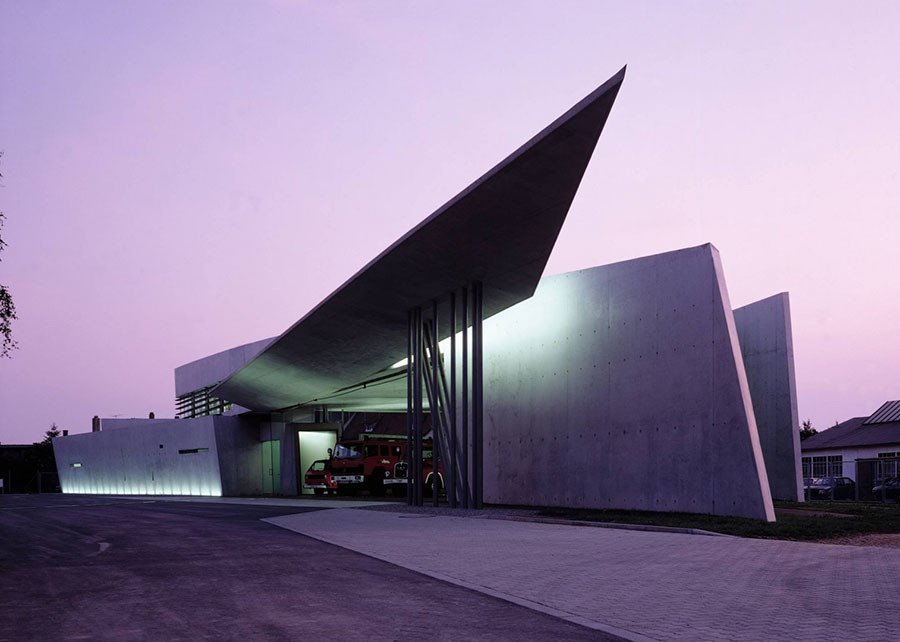
2. BMW Central Building, Leipzig, Germany (2005)
Famed for half-built carcasses of luxury cars snaking along blue-lit production lines suspended above the white-collar offices and canteens, the building redefined the entire office concept.
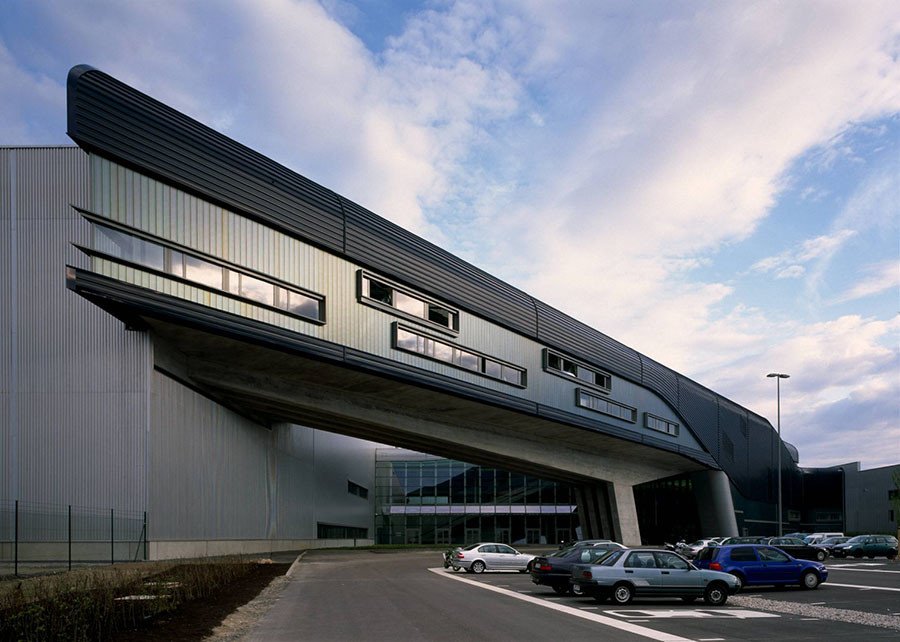
3. Nordpark Railway Stations, Innsbruck, Austria (2007)
Inspired by overhanging snow banks, but technologically-advanced, and resolutely futuristic, the four funicular stations appear like a perfect Bond film set, imposing and luxurious.
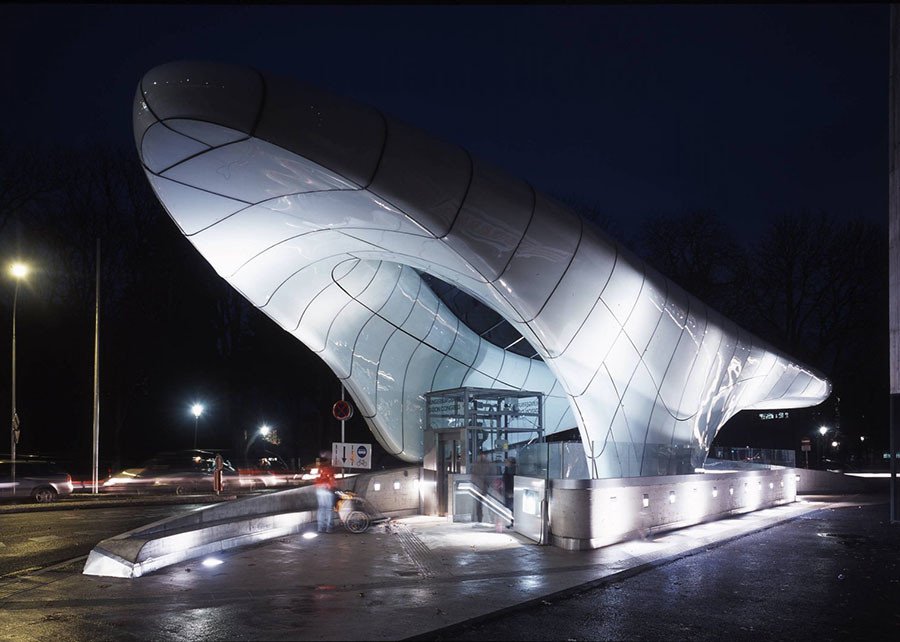
4. Guangzhou Opera House, Guangzhou, China (2010)
Never mind the uneven build quality, or the lack of a world class company to perform in the 1,800-seat main hall, the Opera House is a statement building, and an opulent symbol of China’s rise.
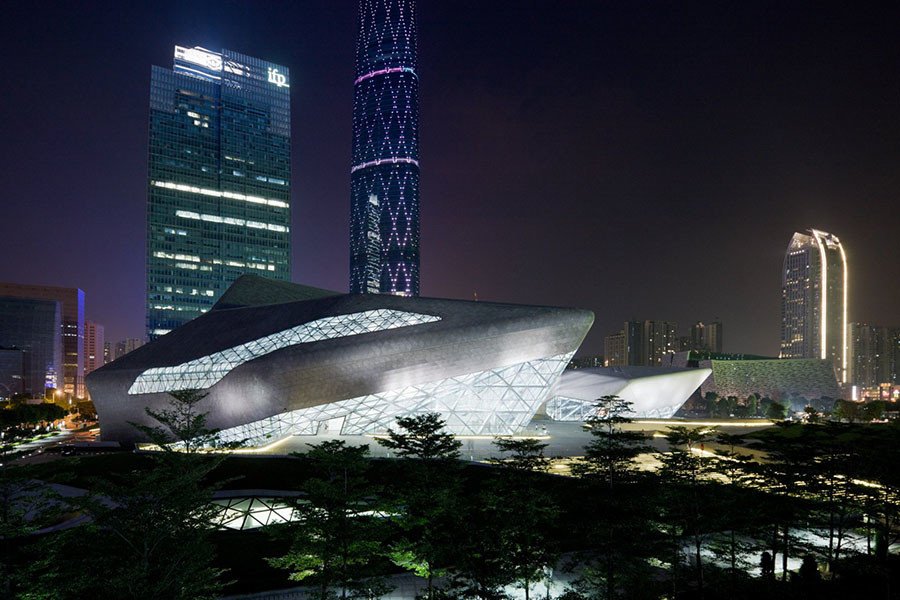
5. MAXXI, Rome, Italy (2010)
Hadid was the perfect choice for a museum space dedicated to contemporary art and architecture, although the structure – with its trademark twisting staircases – took a decade to design, approve, and build, and is a part of a bigger complex that will not be realized.
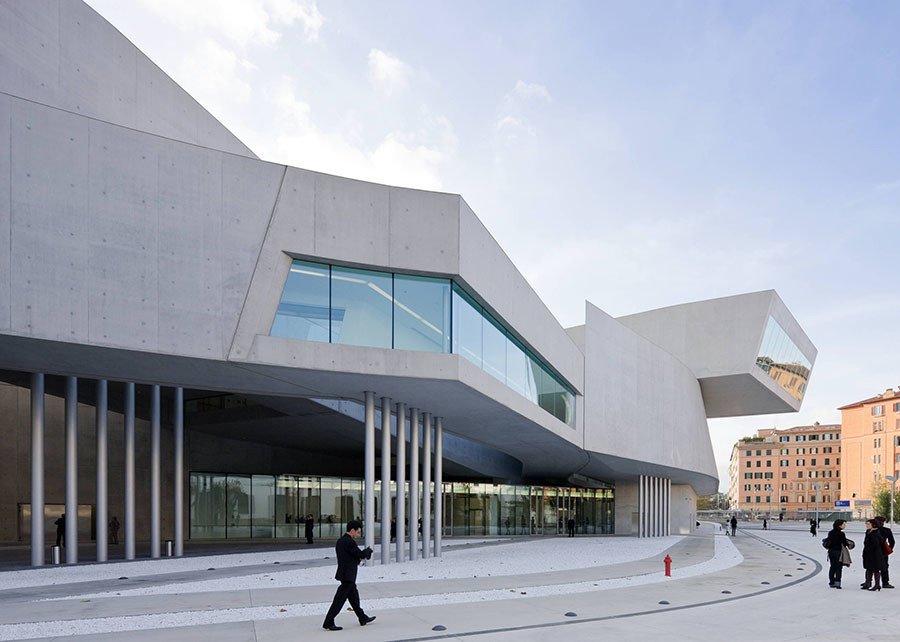
6. London Aquatics Centre, London, UK (2011)
Once again, Hadid tried to reinvent the very idea of what a swimming pool could be, with a design that featured an overhanging roof, and vast windows. The venue was undoubtedly the architectural star of the London 2012 Olympics.
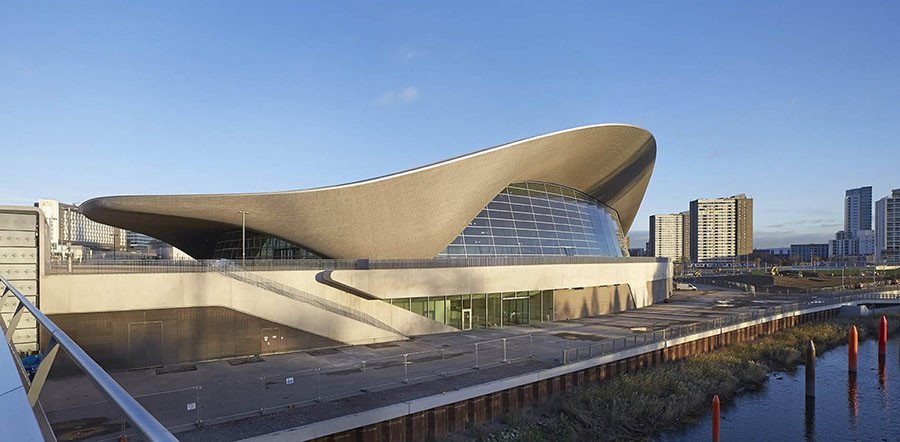
7. Heydar Aliyev Centre, Baku, Azerbaijan (2011)
A post-Soviet petro-state many would struggle to find on a map, Azerbaijan has grabbed exceptional cultural capital through one of Hadid’s most uncontroversially beautiful buildings, with an endlessly curving surface that the eye cannot look away from.
